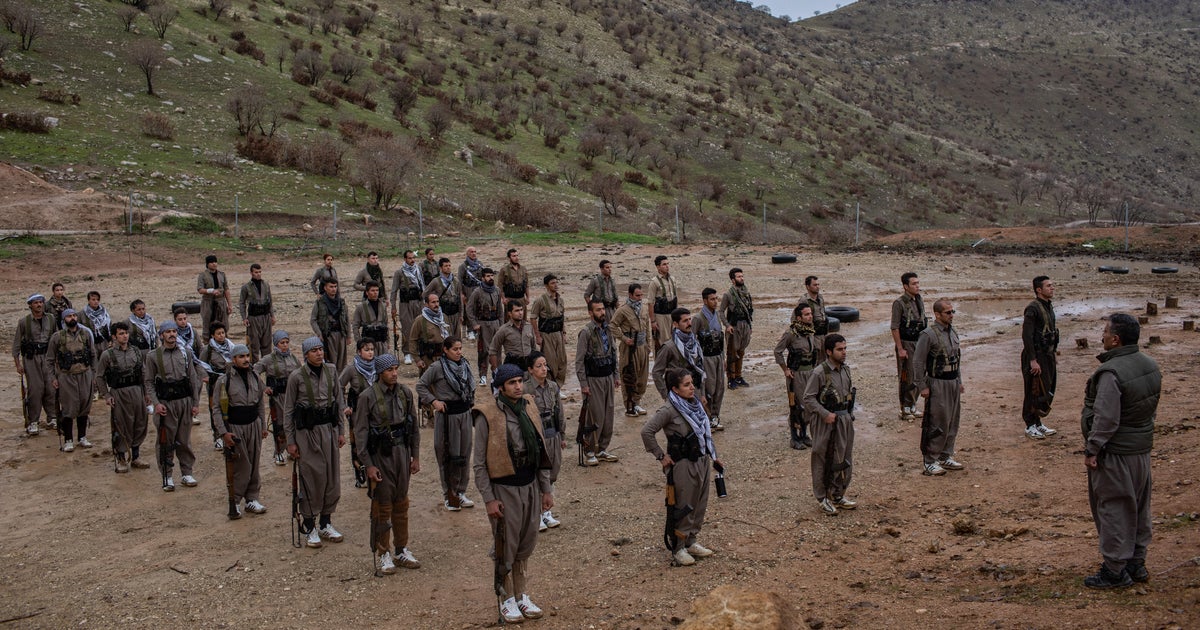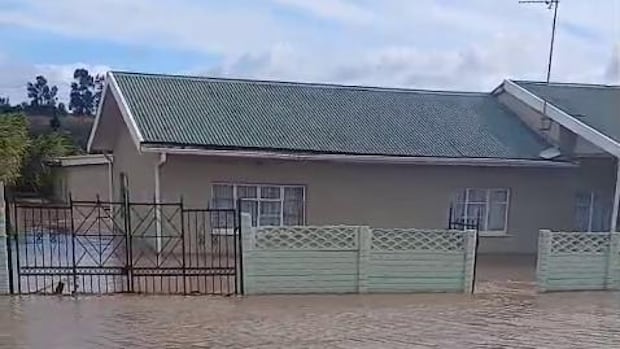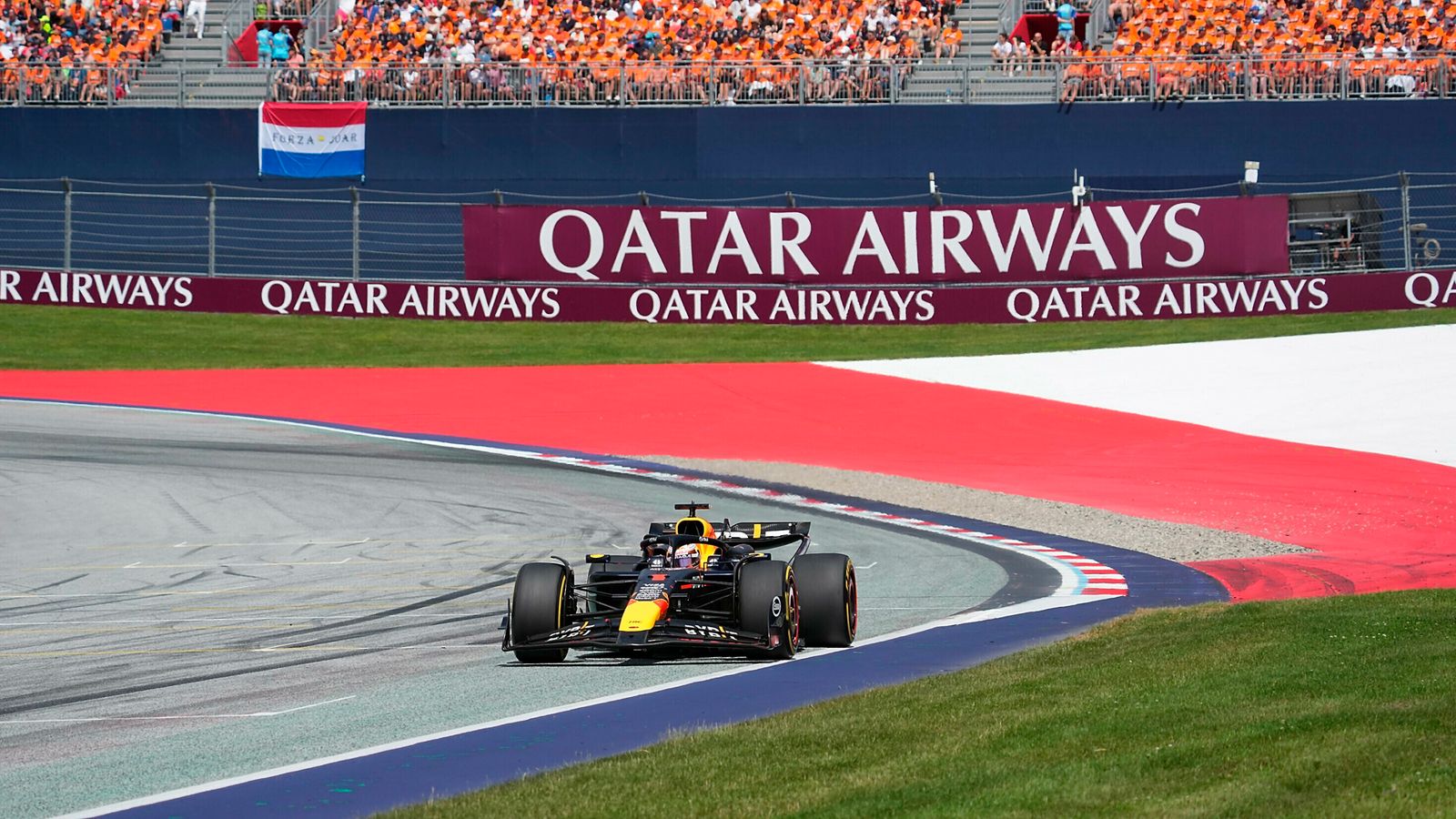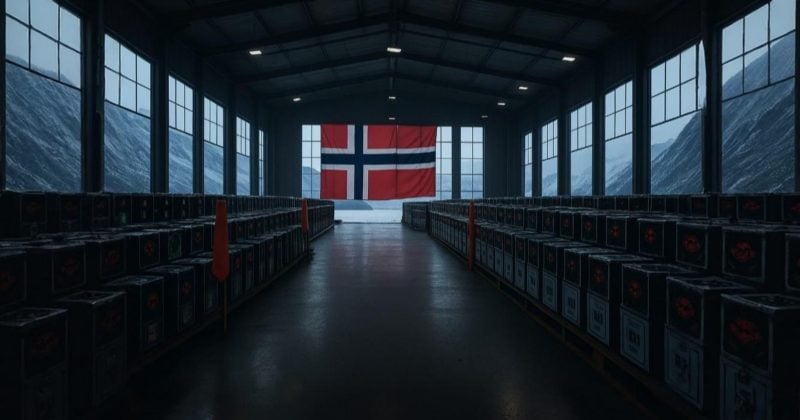Bulldozer scoop soil containing various rare earth to be loaded on to a ship at a port in Lianyungang, east China’s Jiangsu province on September 5, 2010, for export to Japan.
Str | Afp | Getty Images
Japan has been quietly blazing a trail for supply chain resilience.
Long before China in early April imposed an export ban on several rare earth elements and magnets widely used in the automotive, robotics and defense sectors, Japan became something of a canary in the coal mine for Beijing’s mineral dominance.
The East Asian country was thrust into panic mode in 2010 when China implemented an export ban on rare earths that specifically targeted Tokyo following a heated territorial dispute.
The embargo only lasted for around two months, but it was enough to incentivize the world’s fourth-largest economy to change its approach to supply chain security.
Alongside stockpiling, recycling and promoting alternative technologies, Japan has since invested heavily into non-China rare-earth projects — notably Australia’s Lynas, the world’s largest rare earth producer outside of China.
As a result, Japan’s overall dependence on Chinese rare earths has dropped to below 60% from more than 90% at the time of the incident, according to data provided by Argus Media.

Jonathan Rowntree — CEO of Niron Magnetics, which produces rare earth-free permanent magnets — said the U.S.-based company was born a decade ago following the world’s first rare earth crisis that “had a particularly significant impact on Japan, albeit less so on the rest of the world.”
“Because of that, Japan’s actually much more prepared this time around than most other countries,” Rowntree told CNBC by email.
“They’ve stockpiled more, invested in Lynas, and secured Western rare earth supply to meet some of that demand through a combination of Lynas, the Australian mines, and their Malaysian processing facility,” he added.
Japan reportedly plans to further reduce its reliance on Chinese rare earth imports to below 50% this year. CNBC has reached out to the Japanese government for comment.
A worker prepares to tie up the Japan Oil, Gas and Metals National Corp.’s (JOGMEC) marine resources research vessel, Hakurei, at a pier in Tokyo, Japan, on Wednesday, March 21, 2012.
Bloomberg | Bloomberg | Getty Images
China is the undisputed leader of the critical minerals supply chain, producing nearly 70% of the world’s supply of rare earths from mines and processing almost 90%, which means it is importing these materials from other countries and refining them.
Western officials have repeatedly flagged Beijing’s supply chain dominance as a strategic challenge, particularly given that critical mineral demand is expected to grow exponentially, as the clean energy transition picks up pace.
Japan’s supply chain transformation is seen as both a template for Western nations — and a stark reminder of just how difficult it is to escape China’s critical mineral orbit.
Further to go?
Japan has enjoyed success through Lynas and its international supply chains by not only investing in rare earth mining but also in the facilities needed to process and refine the materials into usable goods, according to Nils Backeberg, founder and director at consultancy Project Blue.
Still, the country has a long way to go to cut its dependency on China in some key areas, Backeberg told CNBC. This is especially true for heavy rare earth elements, which are generally less abundant in the Earth’s crust, elevating their value.
The Lynas Rare Earths Ltd. processing plant in Kalgoorlie, Australia, on Tuesday, Aug. 6, 2024. Lynas Rare Earths explores and mines for rare earth minerals such as cerium and neodymium.
Bloomberg | Bloomberg | Getty Images
“Not a lot of heavy rare earths come out of Lynas, and most of the ones that do actually get sent to China for further refinement,” Backeberg said, adding that China’s latest export ban underscores Beijing’s importance in heavy rare earths.
But Lynas has continued to make progress in this area. Over the past month or so, the company has announced breakthroughs in two heavy rare earths, claiming to have produced them outside China for the first time.
‘A real problem’
China’s latest rare earth export curbs were implemented as part of a response to U.S. President Donald Trump‘s tariff increase on Beijing’s products.
“When the tariff war started and tariffs were put on China, the first thing that China did was say ‘we’re going to stop exporting rare earths.’ A few weeks later, we couldn’t manufacture a car in America or in Europe, so it is a real problem,” Eldur Olafsson, CEO of Greenland-focused mining company Amaroq, told CNBC’s “Europe Early Edition” on Thursday.
“No country in the Western world wants one country to corner the market,” Olafsson said.
Western auto industry groups have been hit particularly hard by the export curbs, with many increasingly concerned about production outages.
Ivan Espinosa, chief executive officer of Nissan Motor Co., speaks during an interview at the company’s headquarters in Yokohama, Japan, on Thursday, May 15, 2025.
Bloomberg | Bloomberg | Getty Images
The disruption also extended to Japanese automakers. Suzuki Motor suspended production of its popular Swift car model earlier this month, with local media attributing the step to China’s rare earth export restrictions. A Suzuki Motor spokesperson did not respond to a CNBC request for comment.
Meanwhile, Japanese car giant Nissan said it was exploring ways to minimize the impact of China’s export controls by working with Japan’s government and the Japan Automobile Manufacturers Association.
“We need to continue finding alternatives for the future, keeping flexibility and keeping our options open,” Nissan CEO Ivan Espinosa told CNBC earlier this month.
A push for alternatives
Looking ahead, Niron Magnetics’s Rowntree said an all-encompassing government and industry approach would be needed to tackle China’s mineral dominance, from accelerating permits for domestic mines to investing in new alternatives to provide sufficient magnet supplies.
“Everyone has seen that this supply bottleneck is an issue. We’ve all known for a long time that this could happen, but now it has actually happened,” Rowntree said.
“I think many customers share my view — that this issue is unlikely to disappear and that we need to have alternatives in the West to address it.”
Europe’s domestic production of rare earths is limited. Just like the U.S., the region heavily relies on imports, particularly from China, although plans are underway to develop domestic resources and processing capabilities.
For instance, Belgian chemical group Solvay, which operates the largest rare earths processing plant outside of China in La Rochelle, France, aims to supply 30% of Europe’s processed rare earths demand for permanent magnets by 2030.
Gracelin Baskaran, director of the critical minerals security program at the Center for Strategic and International Studies (CSIS), a Washington-based think tank, said the U.S. and European Union will need to work together to create a market for non-Chinese rare earths.
“The West is creating a nascent rare earths industry outside of China at a time when prices are low and companies are grappling with profitability,” Baskaran told CNBC by email.
Tax credits and subsidies will be “essential” to ensure that non-Chinese projects can build and scale up, Baskaran said, noting that rare earths go into nearly every modern industry.
japan-more-prepared-than-most-for-chinas-mineral-squeeze















Leave a Reply